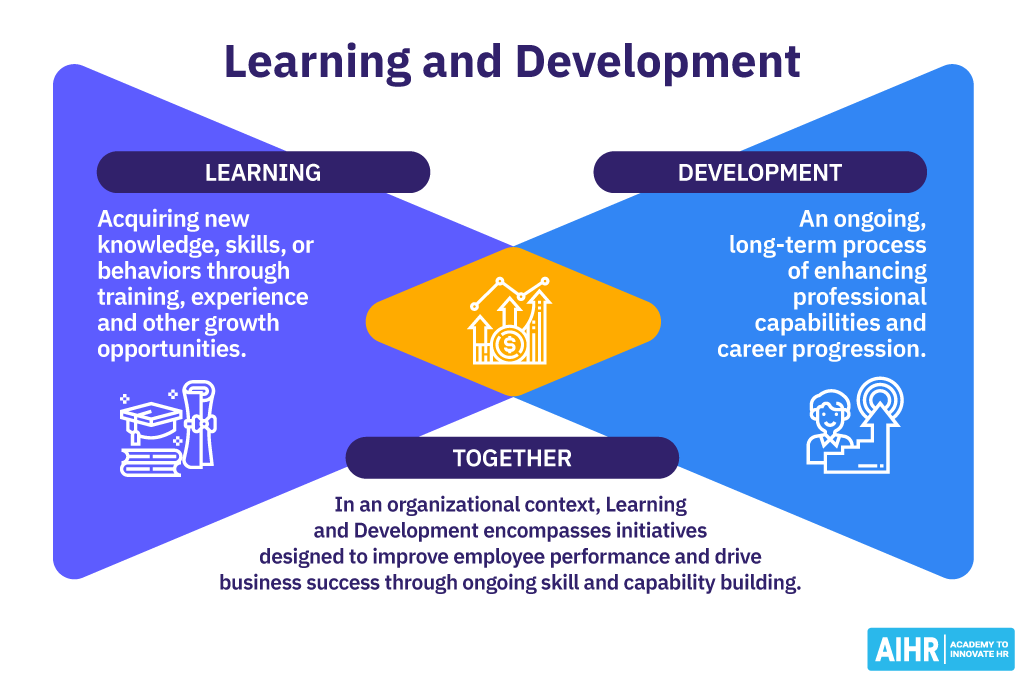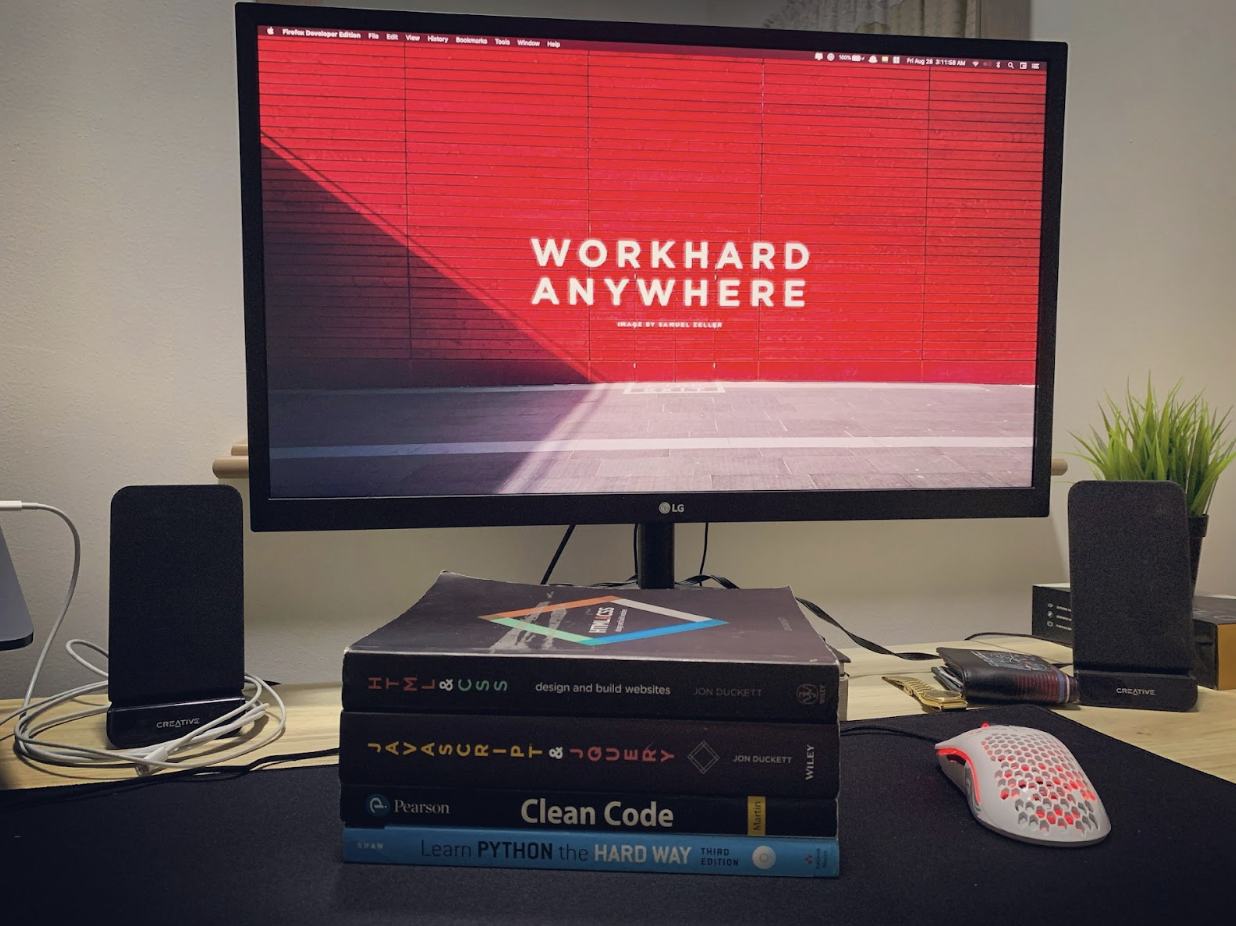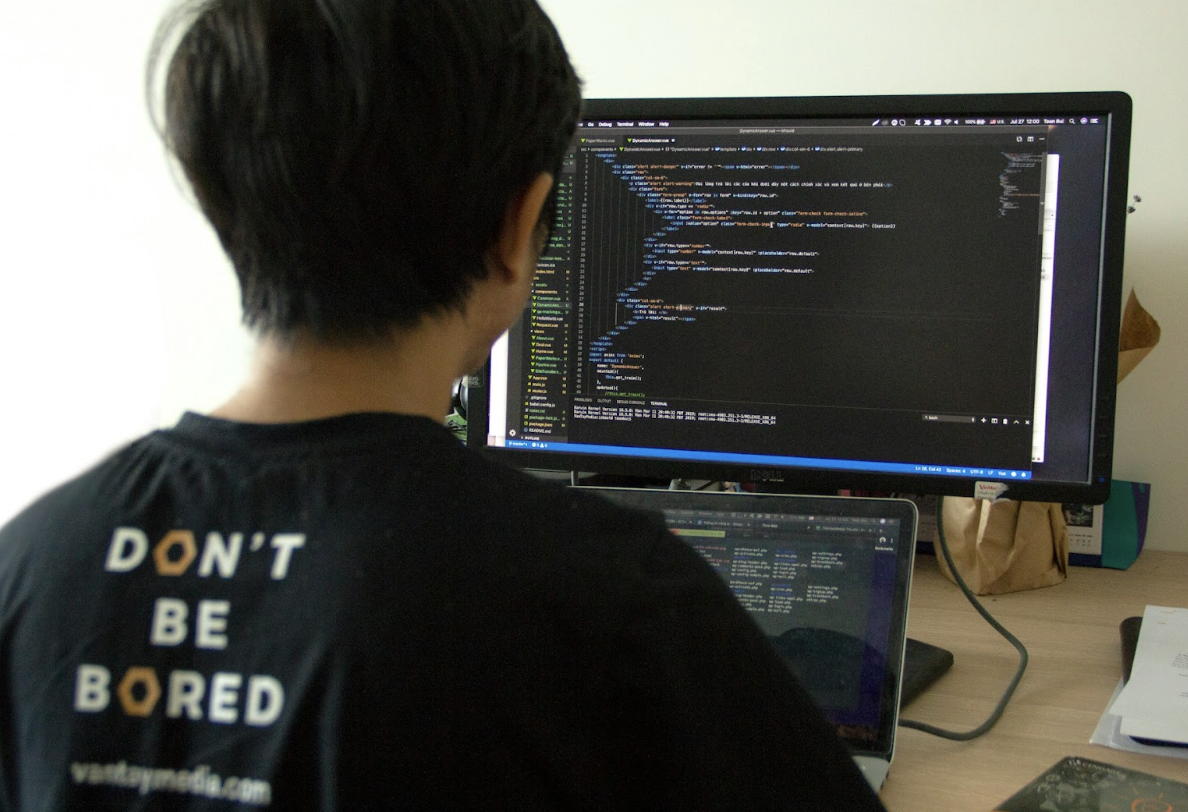 News
News
Remote software development thrives on adaptability, collaboration, and continuous learning, and that’s exactly where a strong Learning and Development team comes in. As companies expand across borders and adopt nearshore models, the need for structured, scalable, and culturally aware learning programs becomes more critical than ever. A remote L&D team ensures that your developers are not just keeping up with emerging technologies but are also growing within your company’s ecosystem. Building such a team requires more than hiring trainers or buying online courses. It’s about creating an environment where learning is woven into everyday workflows, where skill-building aligns with project goals, and where mentorship bridges the gap between remote teams and company leadership. In this guide, we’ll walk through what an L&D team truly does and the most effective nearshore strategies to help you build one that fuels both talent growth and long-term business success.
What Exactly Is a Remote L&D Team?
A Learning and Development team is the group responsible for shaping how a company’s employees grow their skills, stay competitive, and adapt to new technologies. In a remote software development setup, this team becomes the driving force behind continuous improvement. They design training programs, set up mentorship structures, and build learning paths that help developers upgrade their technical expertise, whether that means mastering new frameworks or improving collaboration across distributed teams. More importantly, an L&D team ensures learning doesn’t feel like a formality; it becomes part of the company culture. Their focus isn’t just on technical growth but also on fostering soft skills like communication, time management, and remote collaboration that keep developers performing at their best from anywhere in the world.
Ideal Nearshore L&D Team Building Strategies
Creating a learning and development team for nearshore software developers goes far beyond offering online courses or periodic workshops. It’s about designing a complete learning ecosystem that fuels both individual growth and organizational success. A well-structured nearshore L&D team empowers developers to stay aligned with evolving technologies, maintain high-quality standards, and collaborate effectively across time zones. It transforms remote learning from a company requirement into a culture of continuous improvement. Below are key strategies to help you build a nearshore L&D team that not only enhances technical expertise but also strengthens communication, culture, and career development across your distributed workforce.
1. Defining the Scope and Vision of Your L&D Team.
When building a Learning and Development team in a nearshore context, clarity about the team’s purpose sets the foundation for everything else. Begin by defining what this L&D team exists to achieve, such as accelerating skill development in your remote software developers, aligning them with your company’s technology roadmap, and embedding continuous learning into day-to-day workflows. With that vision established, craft a charter that outlines the team’s mission, its role within the broader engineering organization, and how it ties into business outcomes like release velocity, code quality, or developer retention. In a nearshore setup, where time zones, culture, and communication norms differ, the L&D team must also reflect the bridge role between onshore leadership and remote developers. They translate business strategy into learning objectives, curate programs relevant to the distributed team’s needs, and ensure that learning stays closely tied to the realities of remote software development.
2. Aligning Learning Programs with Nearshore Developer Needs.
A nearshore L&D team must tailor its programs to the unique context of remote and cross-border software development. Start by surveying your remote developers to understand their current skill levels, technology stacks, collaboration pain points, and career aspirations. Use that input to build learning paths that cover both core technical domains like modern frameworks, cloud-native development, and DevOps pipelines, and remote working skills such as asynchronous collaboration, code review across time zones, and communication with stakeholders. Structure the programs so that outcomes are measurable, for example, improving deployment efficiency or enhancing mentorship participation. Ensure the nearshore L&D team collaborates closely with engineering leads to map these objectives into sprint-based timelines and integrate training with live project work rather than treating it as an isolated activity.
3. Embedding a Learning Culture Across the Distributed Team.
Even the best-designed programs will struggle if learning is not woven into the daily rhythm of your nearshore organization. The L&D team must lead by creating a consistent rhythm of learning through developer office hours, peer-learning sessions, and sprint retrospectives that identify skills gaps. They should establish micro-learning zones such as short, focused modules, interactive workshops, or peer-code reviews that fit into remote schedules and prevent overload. Additionally, they need to champion a culture of learning as a first-class activity by celebrating when remote developers complete certifications, recognizing mentorship contributions, and ensuring training time is seen as part of the job, not extra work. In a nearshore context, this also means building local camaraderie so the remote team feels that learning is locally owned and not imposed by headquarters.
4. Choosing the Right Delivery Methods and Tools.
Your nearshore L&D team must adopt delivery methods that suit remote learners and a distributed software development environment. This means moving away from long, passive webinars toward formats that support active and collaborative learning such as live coding labs, pair programming sessions, hands-on simulations, and ongoing feedback loops. Use platforms that allow on-demand access to learning content within the same or nearby time zones, and choose tools that integrate with your existing development stack, for instance embedding learning prompts into code review systems. The team also needs to select communication tools and channels that match nearshore realities, including asynchronous discussion threads, shared knowledge bases, scheduled synchronous check-ins, and dedicated learning channels on Slack or Teams. Ensuring seamless access to these tools encourages adoption and reduces friction.
5. Measuring Impact and Adjusting Programs.
An L&D team that doesn’t measure its results risks becoming disconnected from business needs. In a nearshore setting, this is especially important because distance increases the potential for misalignment. The L&D team should define clear Key Performance Indicators (KPIs) such as reduced onboarding time, increased code review participation, improved code quality metrics, and higher developer satisfaction with learning. Use data-driven feedback loops by collecting developer feedback after each training module, monitoring performance improvements, and adjusting content accordingly. For example, if remote developers still struggle with asynchronous communication after a session, refine the structure or add mentoring components. The nearshore L&D team should operate with agility, continuously refining programs to keep learning relevant and closely tied to real work outcomes.
6. Leveraging Mentorship, Cross-Team Linkages, and Career Paths.
Beyond formal training, the nearshore L&D team should focus on building a network of mentorship and peer support to sustain growth. Pair junior developers with senior engineers and establish structured mentoring programs with regular check-ins. Facilitate cross-team linkages by including remote developers in architecture discussions, hack days, and internal tech talks to strengthen their connection to the company’s engineering culture. It’s equally important to define clear career development pathways for nearshore engineers, outlining what roles like senior developer, tech lead, or architect mean in a remote setting. Align learning roadmaps with these milestones and advocate for visibility and promotion opportunities for high-performing developers. Recognizing and rewarding their growth enhances engagement and retention.
7. Ensuring Cultural Fit and Inclusive Learning Experience.
Successful nearshore L&D strategies go beyond tools and training; they depend heavily on culture. The team must design learning experiences that are inclusive, culturally aware, and adapted to the nearshore environment. This includes accommodating time zone overlaps, providing materials in accessible languages, and respecting local work styles and holidays. Involve local team members in curriculum design and ensure that everyone feels ownership of the learning process. Encourage social learning through virtual events, group challenges, or collaborative projects that help developers feel connected to the company’s culture. By doing this, learning becomes a shared journey that strengthens collaboration and identity across regions.
Build Smarter With Blue Coding
We believe that great remote teams are built through consistent learning, collaboration, and the right cultural alignment. That’s why Blue Coding helps companies across North America connect with skilled Latin American developers who grow with your organization. From building nearshore L&D frameworks to sourcing developers who match your goals, we make scaling remote teams seamless and sustainable. If you’re ready to strengthen your remote development culture, contact us today to get started with the right nearshore talent. We shall discuss all your queries on a free discovery call!




